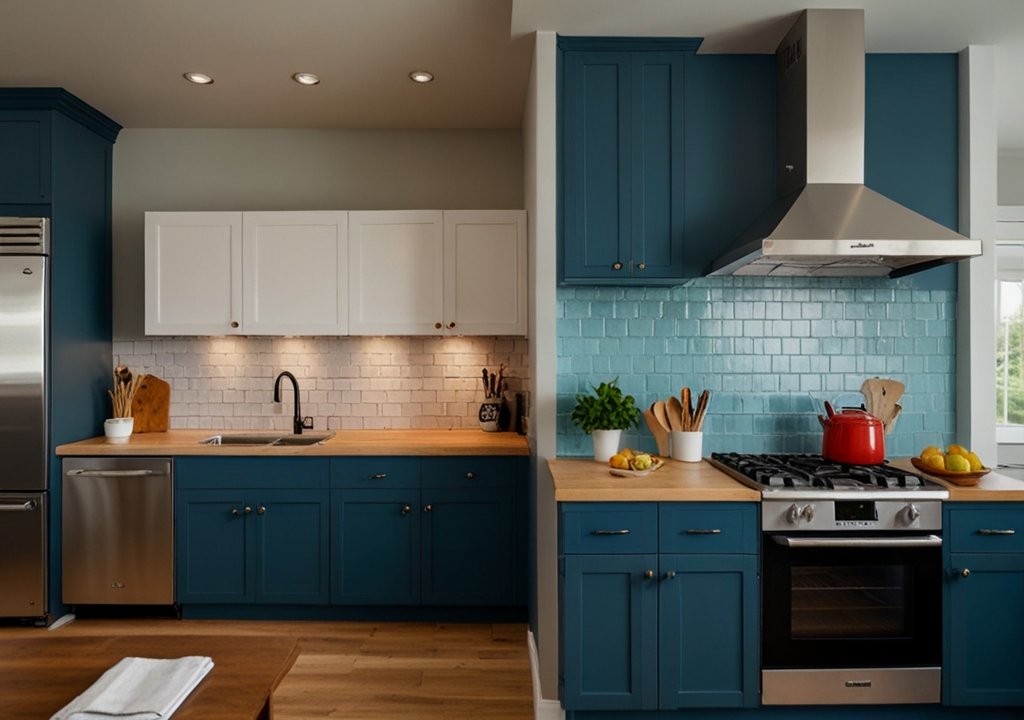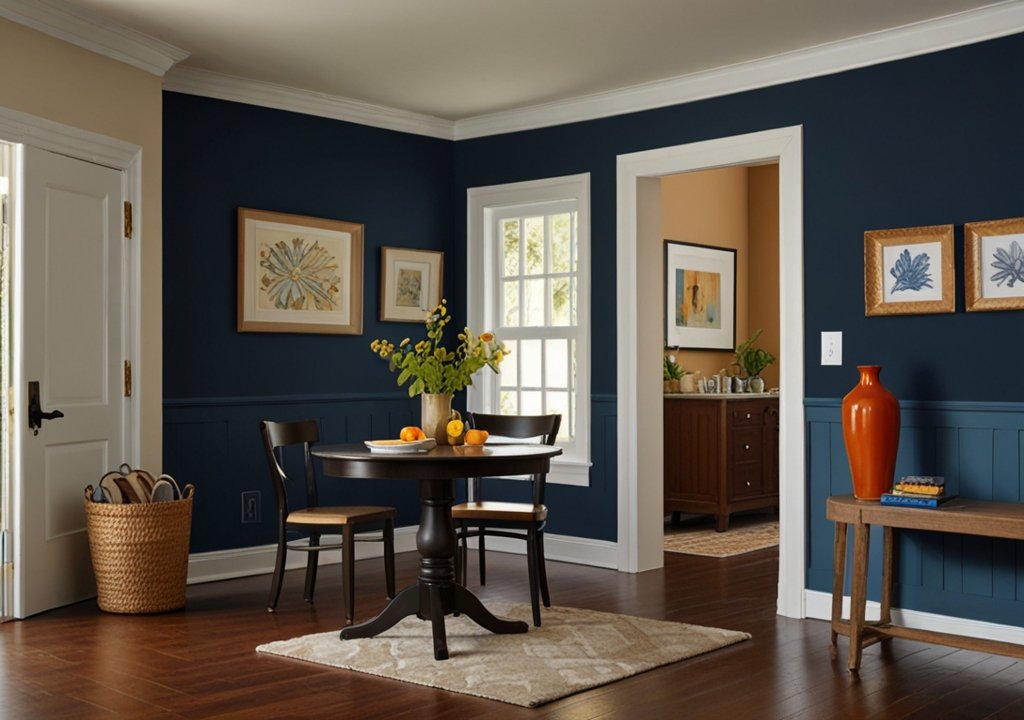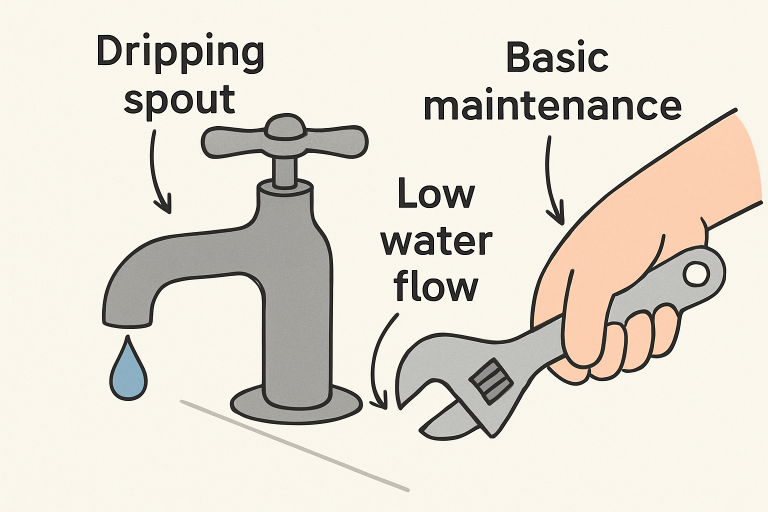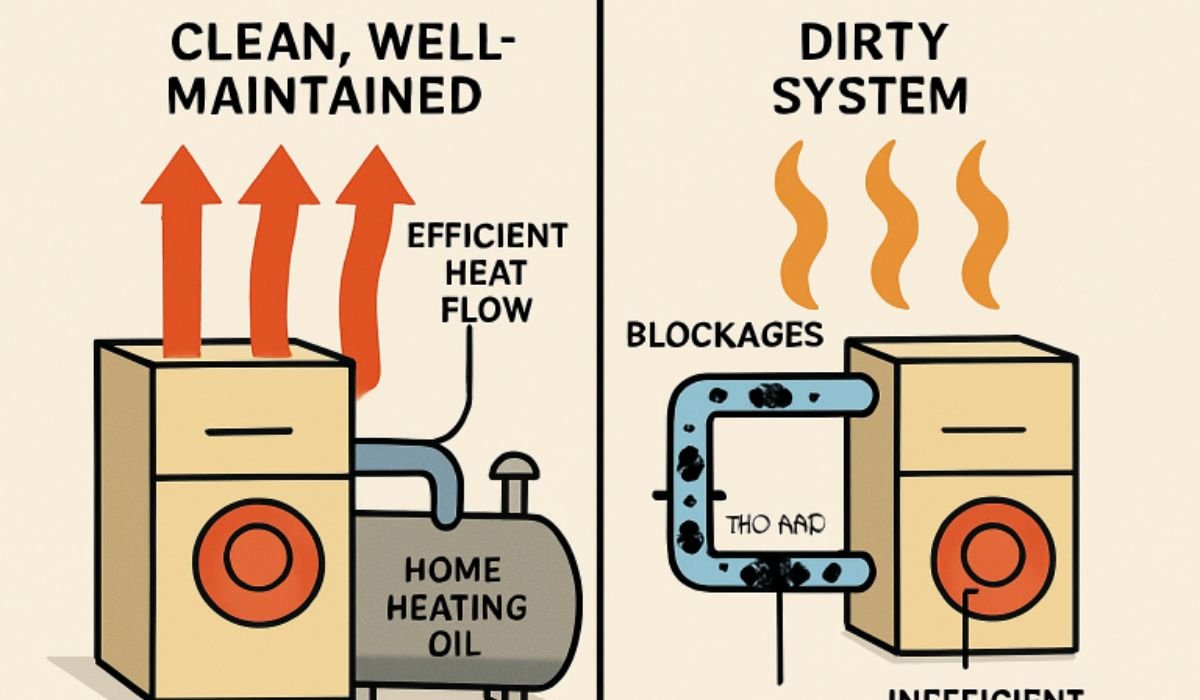Introduction
Home improvement projects can transform your living space, adding new functionality, style, and value. Whether you’re revamping a tired kitchen, upgrading your bathroom, or adding a new room for growing needs, the excitement is undeniable. Yet, beneath the thrill of picking paint colors and fixtures lies a sea of challenges. Missteps can easily derail your vision, costing time, money, and peace of mind. To avoid turning your dream project into a nightmare, it’s essential to sidestep common pitfalls. From budgeting woes to overlooked safety measures, this guide explores 7 mistakes to avoid in home improvement projects for a smooth, rewarding experience.
Mistake 1: Inadequate Planning and Budgeting
A solid plan and realistic budget form the foundation of any successful renovation. Yet, many start projects based on vague ideas, leading to unforeseen costs and delays.
- Why Planning is Crucial
Thorough planning defines the scope of your project, identifies potential challenges, and ensures a clear pathway from start to completion. When skipped, homeowners may encounter incomplete designs or mismatched expectations.
- Creating a Realistic Budget
Budgeting involves research. Obtain quotes for materials, labor, and permits, then add a 10-20% contingency fund for surprises. For instance, an unexpected plumbing issue can easily add hundreds to your costs. Online calculators and consultations with contractors can help craft a realistic figure.
- Consequences of Poor Planning
Without sufficient planning, costs soar, timelines stretch, and results may fall short. Taking the time to plan saves headaches and ensures satisfaction.
Mistake 2: Neglecting to Obtain Necessary Permits
Permits are vital in maintaining your home’s safety and legality during improvements.
- What Permits Are and Why They Matter
Permits ensure construction follows local building codes, protecting both safety and property values. Without them, future sales or inspections could hit serious roadblocks.
- Common Projects Requiring Permits
Examples include structural changes, electrical works, plumbing, or adding a new deck or garage. Even simple jobs like replacing large windows can warrant permits in certain areas.
- The Risks of Skipping Permits
Working without permits may lead to hefty fines, forced demolition, or even voidance of your home insurance. Always double-check with local authorities before starting work.
Mistake 3: Overlooking the Importance of Professional Expertise
DIY culture is tempting, but some areas of home improvement require expertise.
- When DIY Isn’t the Best Option
While painting or refinishing furniture lends itself to DIY, areas like electrical work, extensive plumbing, and load-bearing structural changes demand licensed professionals.
- Hiring Qualified Contractors
Choose contractors with verified credentials. Read reviews, request references, and check for proper licenses and insurance. Vetting your contractor ensures quality work and peace of mind.
- Benefits of Professional Input
Skilled professionals can foresee issues, provide detailed timelines, and save you from costly errors, making them well worth the expense.
Mistake 4: Ignoring Building Codes and Regulations
Building codes dictate the safety, integrity, and functionality of your home’s construction.
- What Are Building Codes?
These are laws governing areas like wiring, plumbing, and structural design to ensure safety and standardization.
- Common Code Violations
Some typical issues include inappropriate spacing of stair railings, insufficient ceiling height in basements, or improper placement of outlets near water sources.
- How to Stay Compliant
Consult municipal departments or reliable contractors before proceeding. Resources like local building authority sites or handbooks can clarify what codes apply to your project.
Mistake 5: Choosing the Wrong Materials

The materials you choose set the tone for your entire renovation.
- How Materials Impact Success
Cheap or unsuitable materials may seem cost-effective but often lead to durability issues, higher maintenance, or unsatisfactory results.
- Factors to Consider
Base choices on durability, style, location, and budget. For instance, engineered wood may suit an indoor flooring project, while solid hardwood might be unreliable in a high-moisture area.
- Examples of Problematic Choices
Thin plywood for structural work or non-weather-resistant paint for outdoor surfaces often result in failure. Ensure all materials align with your specific needs and conditions.
Mistake 6: Poor Ventilation
Proper ventilation often goes unnoticed but plays a critical role in both comfort and health.
- The Risks of Poor Ventilation
Restricted airflow leads to moisture build-up, mold growth, and higher energy costs. Rooms such as bathrooms and kitchens suffer the most in these scenarios.
- How to Improve Ventilation
Install exhaust fans or air vents in high-humidity areas. Upgrading to Energy Star-certified systems can also provide better circulation while consuming less power.
Mistake 7: Compromising Safety Measures
Safety often takes a backseat, especially during DIY projects or to save time.
- Key Safety Measures to Practice
Always wear protective gear like gloves, goggles, or helmets when necessary. Ensure clear walkways and proper lighting in work areas.
- Why Compromising Safety is Dangerous
Neglecting safety increases the risk of accidents, injury, or even property damage. Prioritizing precautions ensures an injury-free project.
Avoid Costly Setbacks with Careful Planning
Home improvement projects hold immense potential to elevate your home’s functionality and value. You can avoid pitfalls like poor planning, ignoring regulations, and shortcutting safety by remaining mindful and proactive. Research, involve experts where necessary, and always check codes and permits. Proper preparation will make your renovation both enjoyable and impactful.
Conclusion
Home improvement projects are an opportunity to enhance not only your living space but also your quality of life. By taking the time to plan carefully, prioritize safety, and adhere to regulations, you set the foundation for a successful and stress-free renovation. Whether you’re upgrading for comfort or increasing resale value, a thoughtful approach ensures satisfying and lasting results. Investing in preparation today will save you time, money, and potential headaches in the future.
FAQs
1. What are some tips for first-time renovators to start off right?
Begin with detailed research and planning. Outline your project scope, set a realistic budget, and confirm any necessary permits or professional input.
2. How can I ensure my budget stays aligned with my vision?
Include a contingency fund in your budget to cover unexpected expenses. Always prioritize spending on structural integrity and long-term durability over aesthetics.
3. Should smaller projects also follow building codes?
Yes, even minor projects like installing light fixtures or fences may be subject to local building codes. Double-check requirements to avoid compliance issues.
4. Are permits necessary even when hiring professionals?
Yes, permits are often mandatory and remain your (the homeowner’s) responsibility. However, most contractors guide you through the permit application process.
5. When should I consider upgrading ventilation systems?
If mold develops or energy bills spike unexpectedly, an upgrade is warranted. Bathrooms and kitchens often require enhanced ventilation solutions.











